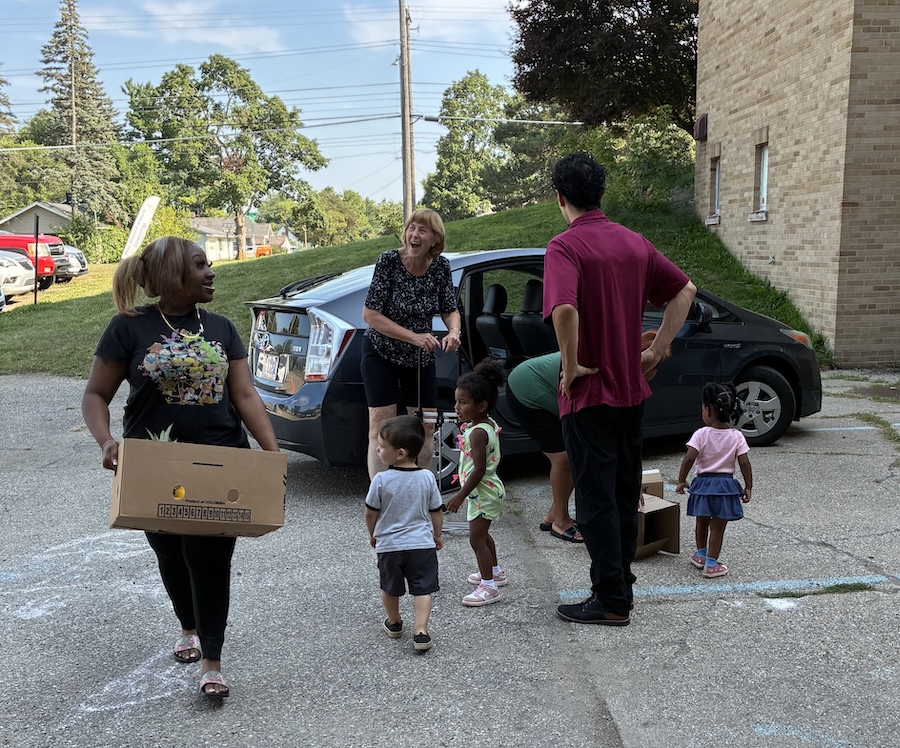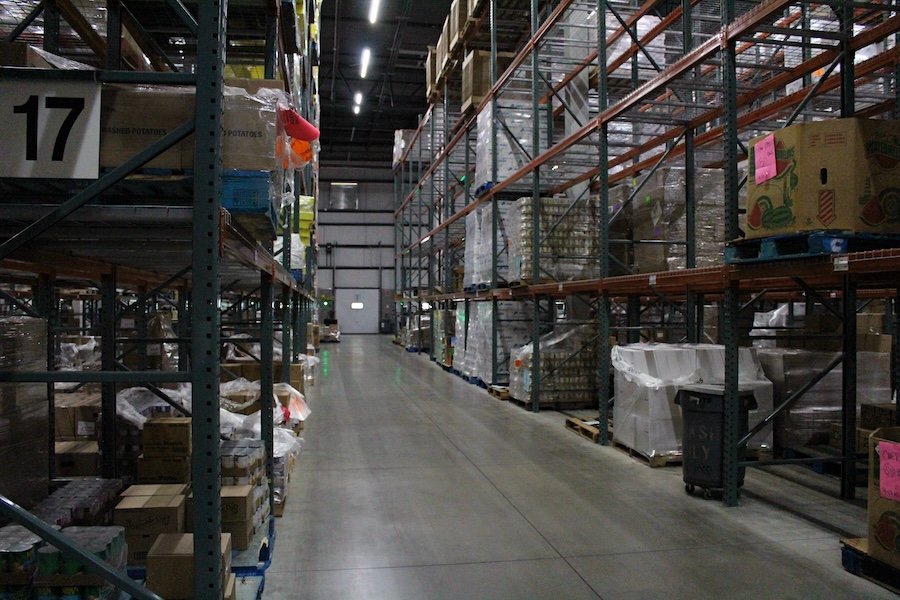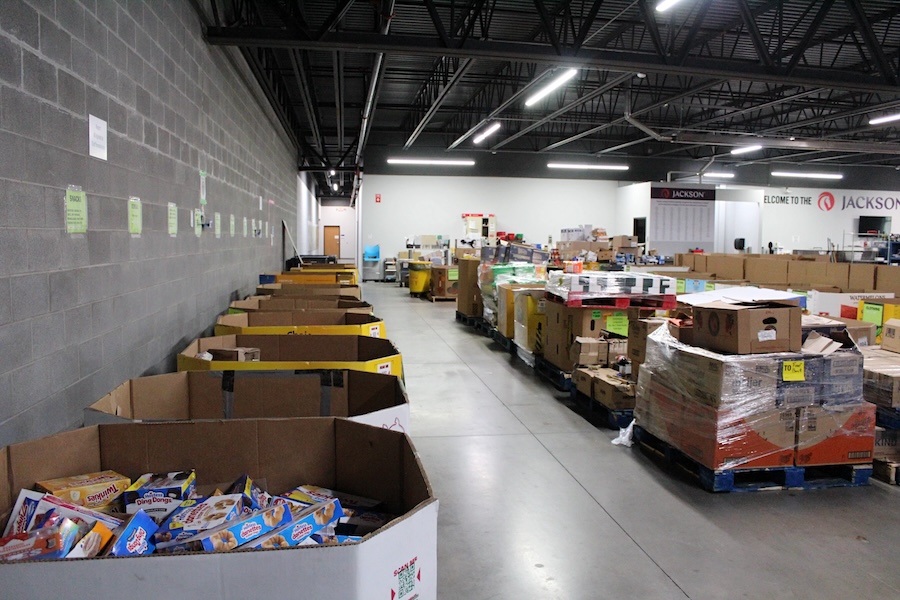SNAP Benefits to Halt in November Amid Federal Shutdown, East Lansing Food Assistance Groups Respond
Michigan is set to halt federal food assistance starting in November as the federal government has been under shutdown since Oct. 1.
About 1.4 million Michiganders receive benefits from the federal Supplemental Nutrition Assistance Program, also known as SNAP, according to the Michigan Department of Health and Human Services, or MDHHS.
SNAP benefits will pause for about 42 million individuals in the U.S. as President Donald Trump’s administration has directed MDHHS to hold up benefit distribution starting next month until advised otherwise, a news release from MDHHS Thursday said.
“The impact of households losing SNAP benefits will be felt around the state,” Elizabeth Hertel, MDHHS director said in the news release. “SNAP is more than a food assistance program; it’s a lifeline for many Michigan families. It helps families put nutritious food on the table, supports local farmers and grocers, and strengthens our communities and economy.”
The federal government entered into shutdown after members of Congress could not come to an agreement on a federal spending plan and Michigan residents may face the consequences in several areas of life as programs halt and federal employees are pulled from work.

The revocation of SNAP is a very serious thing, Katlyn Cardoso, senior manager of marketing and communications for the Greater Lansing Food Bank said, adding that just about anyone can find themselves in need of food assistance.
“The vast majority of us, we are just one unexpected expense, one unplanned medical emergency, one missed paycheck away from needing a resource like a food bank,” Cardoso said. “Just like with SNAP benefits, the vast majority of people we serve at the food bank are working at least one job. A lot of times they’re maybe working multiple jobs.”
It’s just getting harder to make ends meet with the increasing costs of living, Cardoso said.
Food insecurity has been on the rise in recent years, Cardoso said, noting that Feeding America, a large nonprofit network organization of food banks, reported that in 2022 food insecurity saw the highest rate increase from the year prior since the 2008 Great Recession.
There are more than 100,000 people in the Greater Lansing Food Bank’s service area that experience food insecurity, Cardoso said, including more than 24,000 children, which is one in every six children in the total service area.
“We are talking about your neighbors,” Cardoso said.
As food banks and other nutrition assistance programs gear up to cover an expected increase in demand for help from Michiganders once SNAP is cut, she said she wants people to remember that individual community members can make a difference in the lives of their neighbors who will be impacted by food benefits going away.
Whether it be monetary donations or a holiday season can drive, Cardoso said Mid-Michigan residents will have their neighbors’ backs and Greater Lansing Food Bank is committed to ensuring that there will be enough food to serve those who need support.
“That’s something that’s really beautiful about the Mid Michigan community is we really have this strong tradition of coming together when our neighbors need help,” Cardoso said. “We saw that during the Covid pandemic and during other times of hardship… when neighbors are in need, neighbors step up.”

Even small efforts can turn into meaningful change, said Valerie Lafferty, site director of Food Rescue: Lansing Communities.
Two years ago, a small group of seven volunteers set out to create relationships with grocery stores and other organizations to divert food that would have headed to landfill to food pantries and other distributors. That operation has grown to more than 100 volunteers for Food Rescue: Lansing Communities and provided more than 200,000 nutritious meals in 2025, Lafferty said
Environmental impact was the main focus as the group was forming, Lafferty said, but the impact on improving food insecurity and building positive relationships in the community has been palpable.
The volunteers who bring their cars to donating organizations like Whole Foods, Trader Joe’s and Target often are taking fresh produce just as it’s about to be rendered past the sell by date directly to area organizations like Haven House and Cristo Rey Community Center where it can immediately be used to feed community members, Lafferty said.
“Last year… South Side Community Kitchen…they said before us, it cost them $2 a plate to serve food… But when we got involved, it went down to 80 cents a plate,” Lafferty said.
Food Rescue: Lansing Communities will help bridge gaps left by the revocation of SNAP by using food that is already in the current food system, Lafferty said, and she’s looking to connect with more organizations that may have food that requires immediate distribution.
“We’ve never missed a rescue either,” Lafferty said, recalling how volunteers responded to a call for two carloads of food on Christmas Eve last year. “In two years, 2,500 rescues, we’ve never missed a rescue… just call, we’ll set it up.”
Note: Language in this story was slightly altered post publication.

